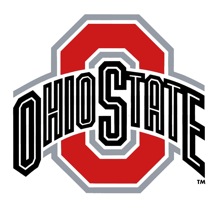Below is a summary of the abstract you submitted. Presenting author(s) is shown in bold.
If any changes need to be made, you can modify the abstract or change the authors.
You can also download a .docx version of this abstract.
If there are any problems, please email Dan at dar78@pitt.edu and he'll take care of them!
This abstract was last modified on May 2, 2019 at 4:48 p.m..

During our eight years of participation in the SEA-PHAGES program, students from The Ohio State University have isolated over 1,000 bacteriophages, with 171 being archived and entered on Phagesdb.org and 48 sequenced genomes representing 12 clusters. In 2017, we isolated our first singleton, MargaretKali, using the host Arthrobacter sp. 21022, but it did not remain a singleton for long. Kumotta, which was isolated from a soil sample collected in 2018, was found to have enough similarity to MargaretKali to form a new cluster, FB. Kumotta’s genome is 40,3017bp in length with a GC content of 60.8% (compared to MaragretKali’s 39,448 bps and 61.1% GC content). The two genomes share a nucleotide similarity of 98% over the majority of their lengths, except for the first nine open reading frames (~7800bp), a span of about 2,300bp in the middle of the genomes and the final 1,000bp. Kumotta contains 70 predicted open reading frames, of which 15 are still classified as orphams despite the similarity to MargaretKali. The majority of these orphams have BLASTP hits to hypothetical proteins of several Actinobacteria genera, perhaps suggesting the presence of prophages.

